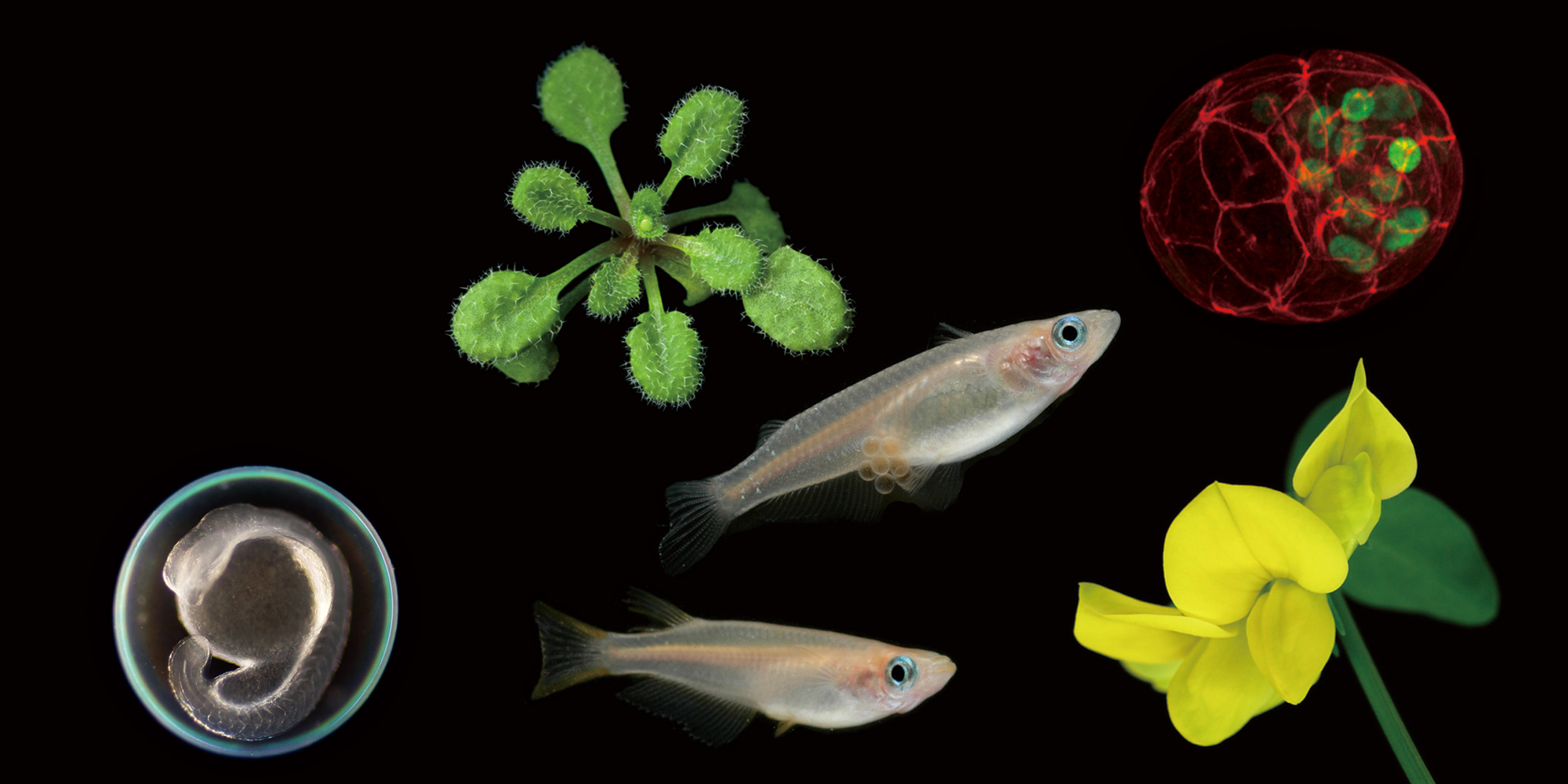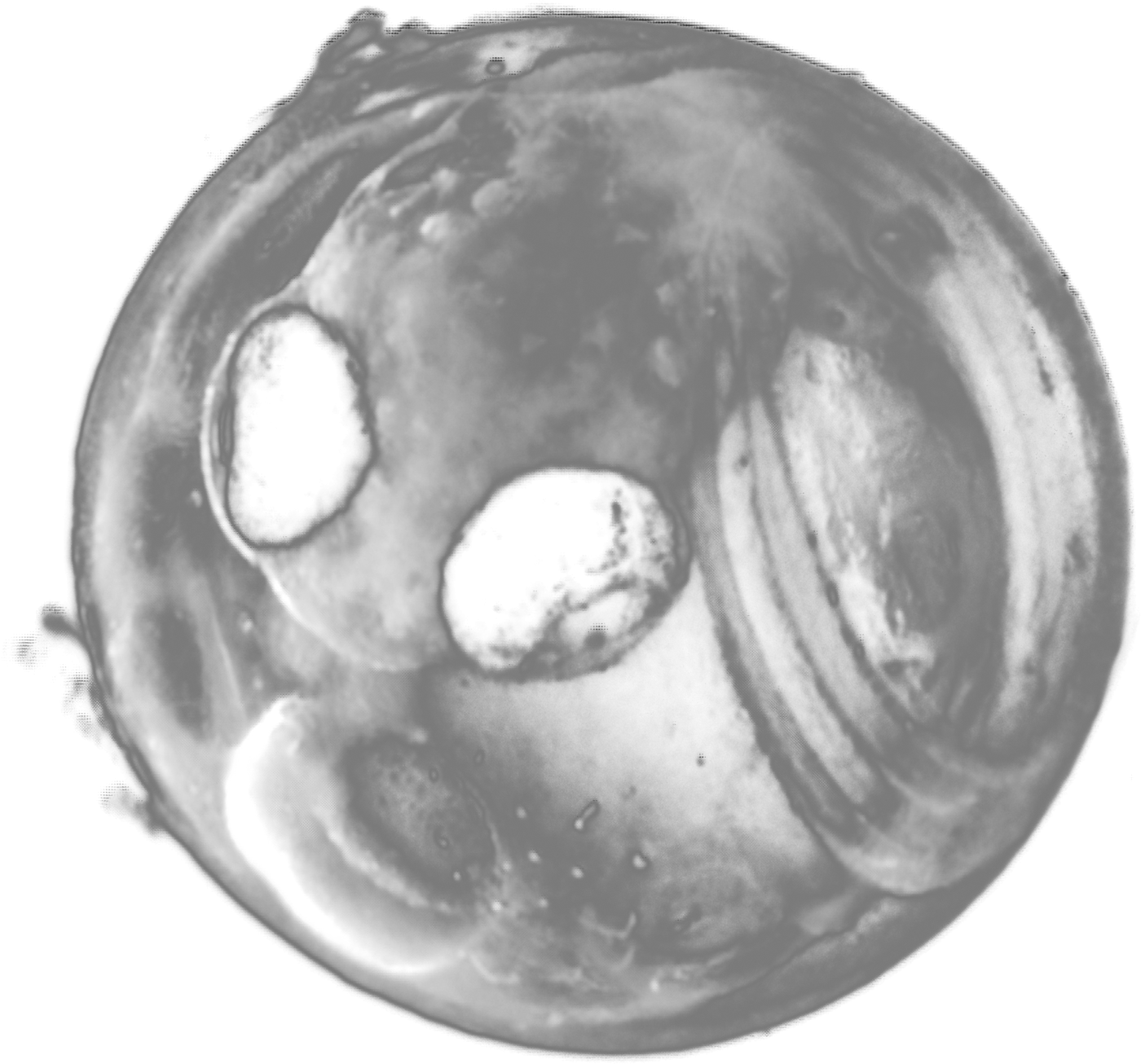2016.12.19
Light on an ancestral sensory interface linking cerebrospinalfluid to motor circuits in vertebrates
Claire Wyart (ICM Institute du Cerveau et de la Moelle epiniere, Paris, France)
2016. 12. 19 (Mon) 13:30 ~ 14:30
Common Seminar Room, 2F Bld. 3, Yamate
Shin-ichi Higashijima, Division of Behavioral Neurobiology (5875)
The cerebrospinalfluid (CSF) is a complex solution circulating around the brain and spinal cord. Behavior has long been known to be influenced by the content and flow of the CSF, but the underlying mechanisms are elusive. CSF-contacting neurons by their location at the interface between the CSF and the nervous system are in ideal position to sense CSF cues and to relay information to local networks. By combining electrophysiology, optogenetics and calcium imaging in vivo in zebrafish larvae, we demonstrate that neurons contacting the CSF detect local bending of the spinal cord and in turn feedback GABAergic inhibition to multiple interneurons driving locomotion and posture in the ventral spinal cord. This GABAergic feedback modulates target in a state-dependent manner, depending on the fact that the animal is at rest or actively moving at a define speed. Behaviour analysis of animals deprived of this mechano-sensory pathway reveals a differential contribution to slow and fast locomotions, as well as a role in the control of posture during active locomotion. Altogether, this body of work sheds light on the cellular and network mechanisms enabling sensorimotor integration of mechanical and chemical cues from the CSF onto motor circuits controlling locomotion and posture in the spinal cord.
Publication List :
Djenoune et al.,Frontiers in Neuroanatomy 2014.
Fidelin et al.,Current Biology 2015.
Böhm, Prendergast et al., Nature Communications 2016.
Sternberg, Severi et al.,Current Biology 2016.
Hubbard et al.,Current Biology, 2016.
Knafo, Fidelin et al.,in preparation.







